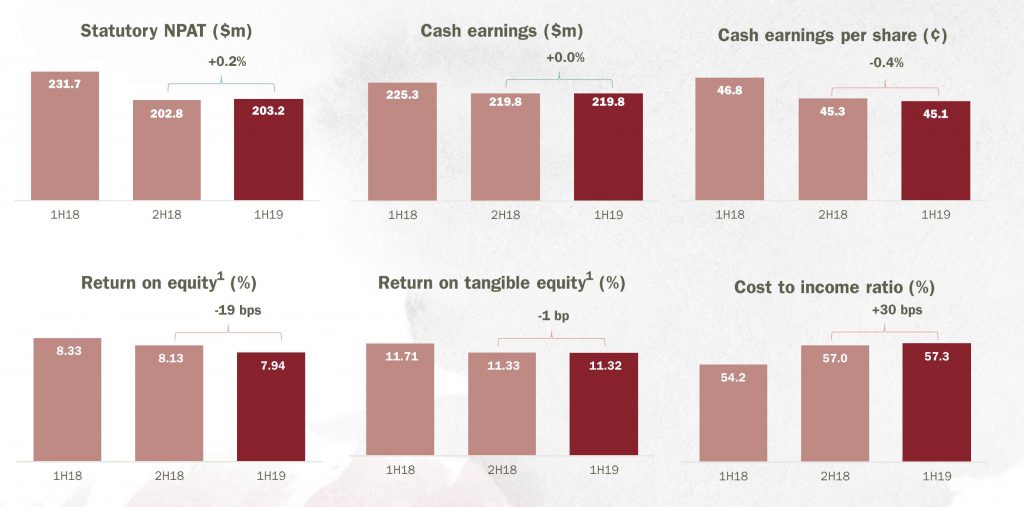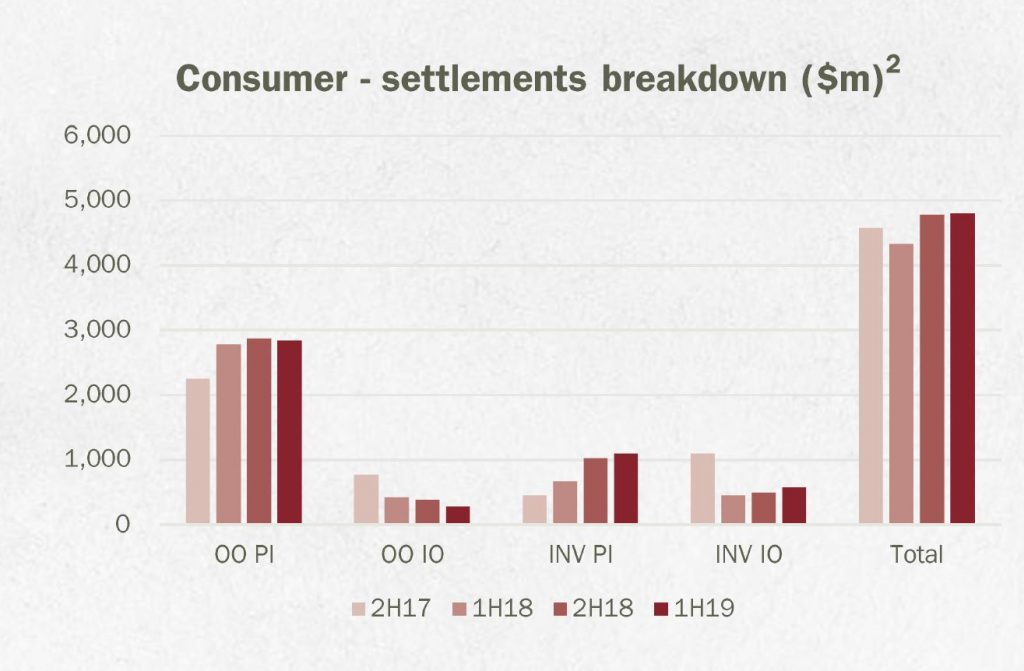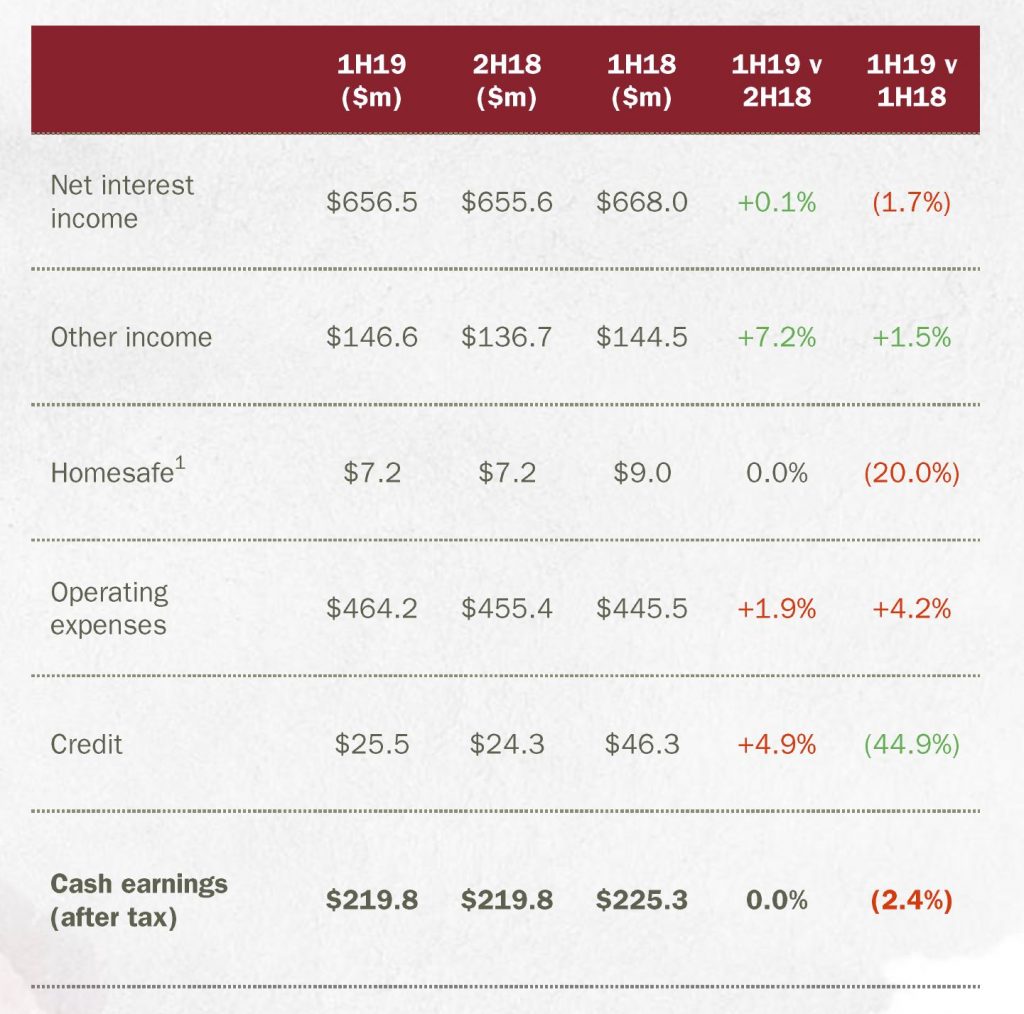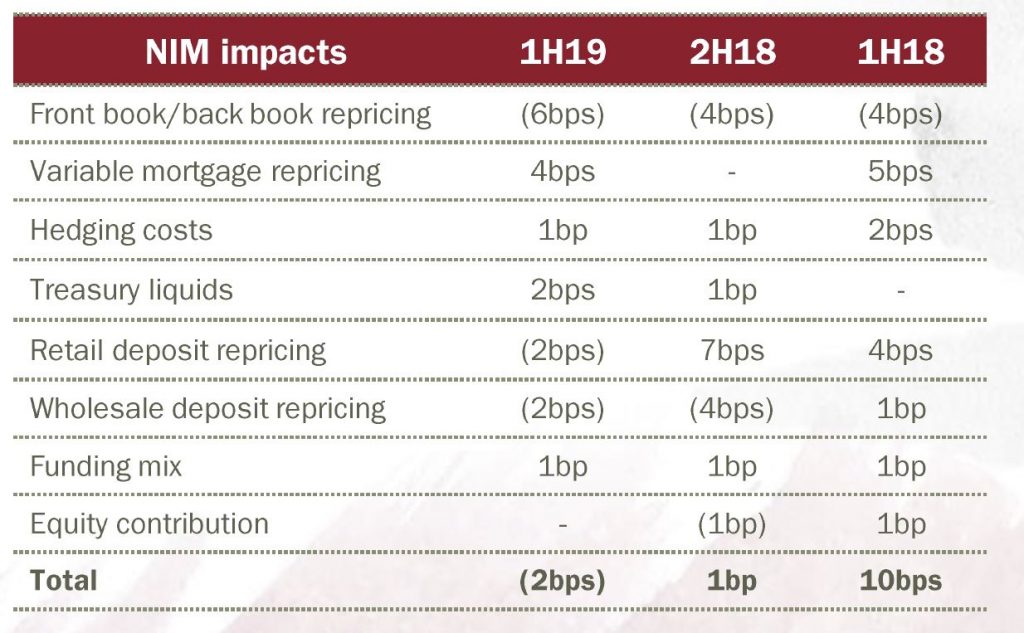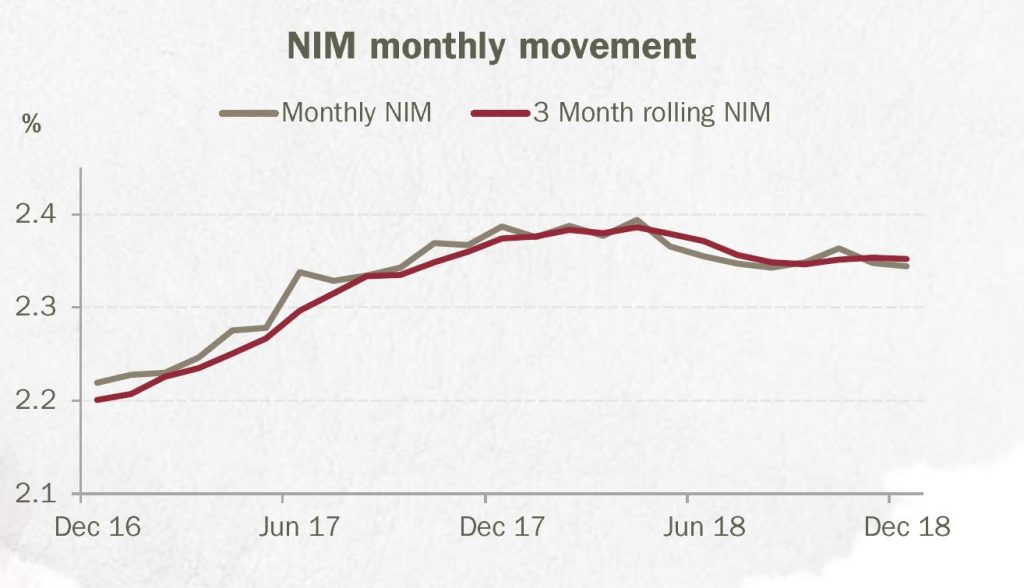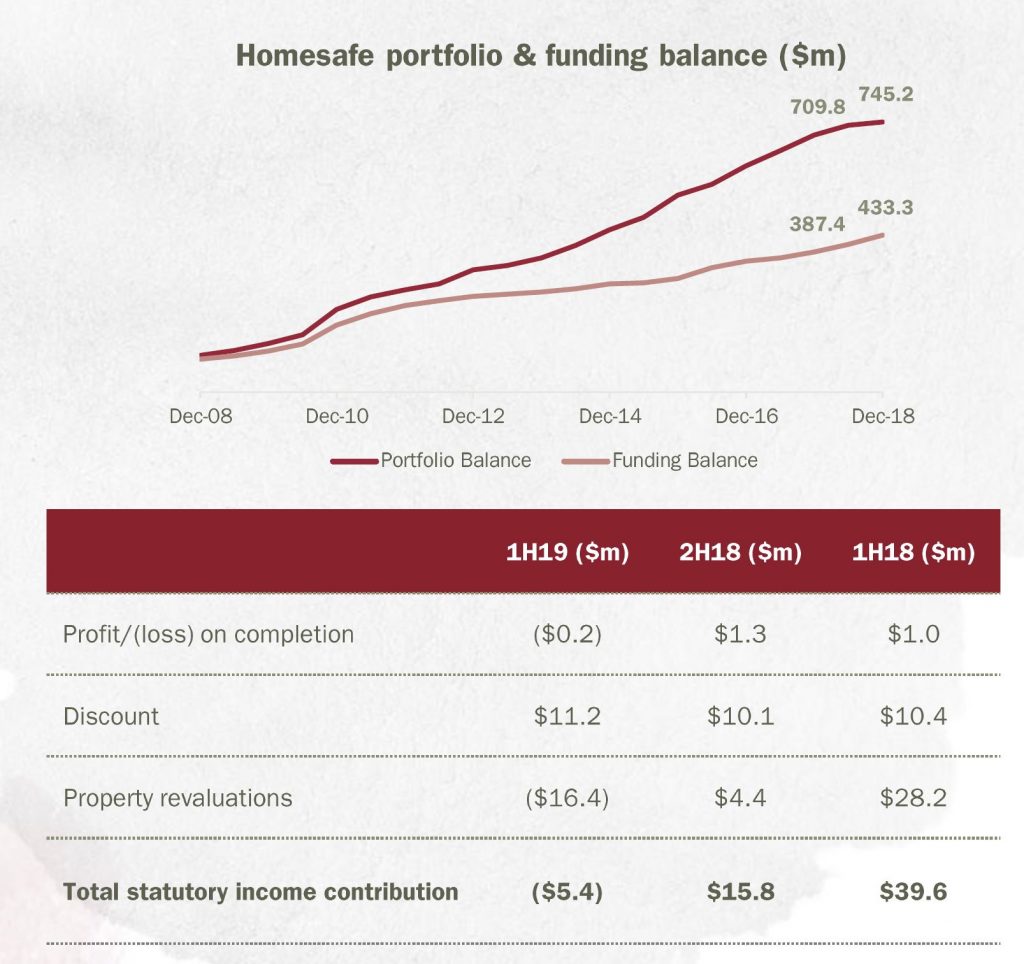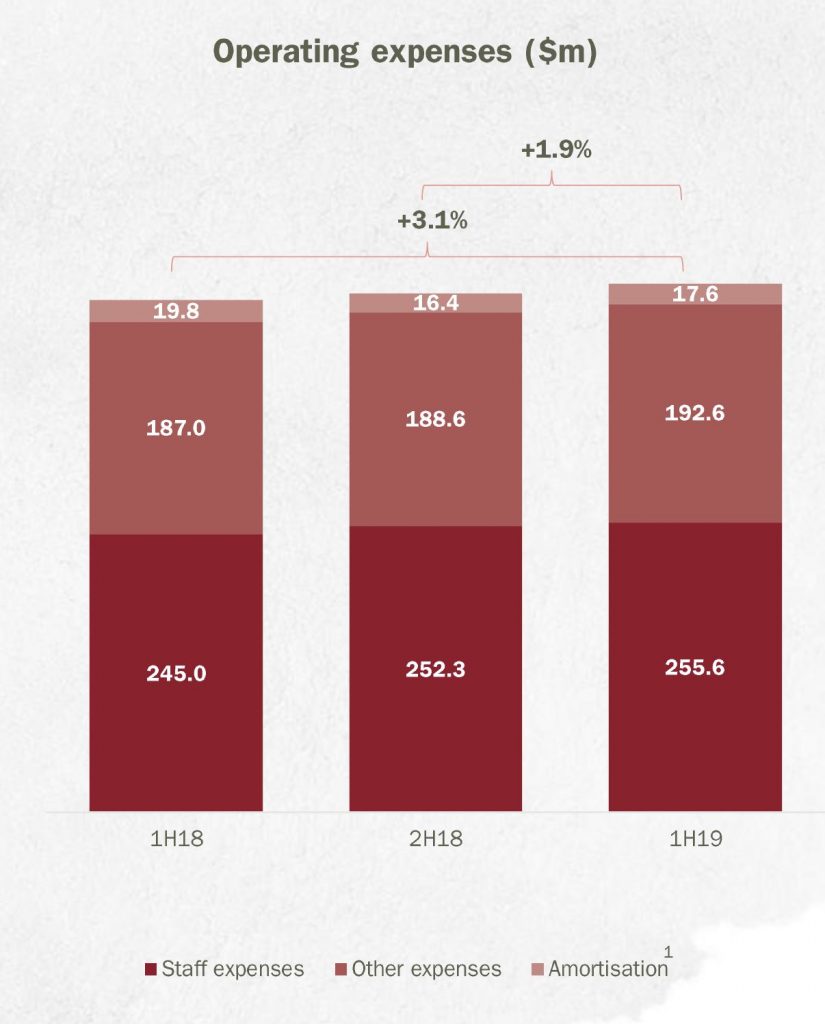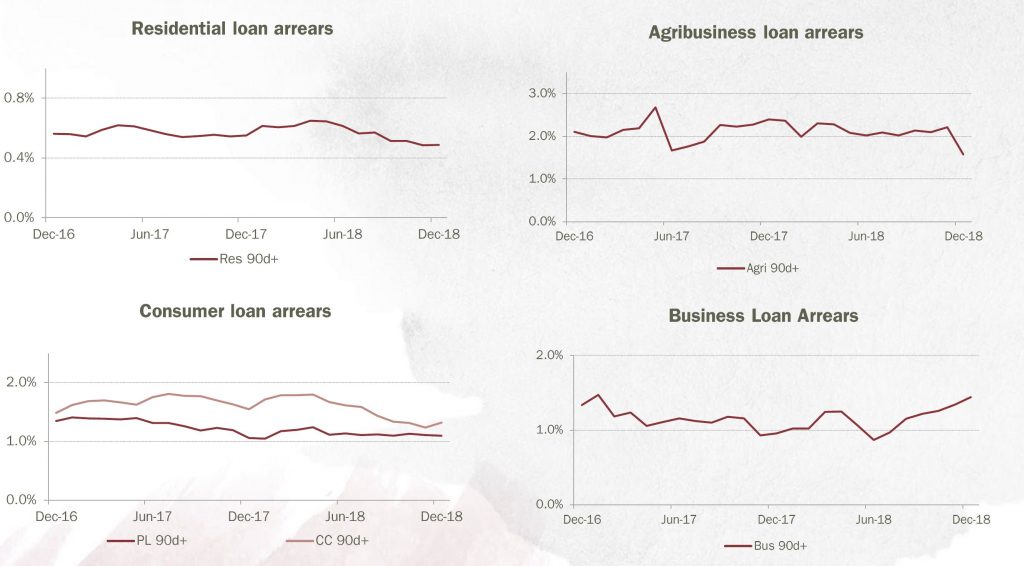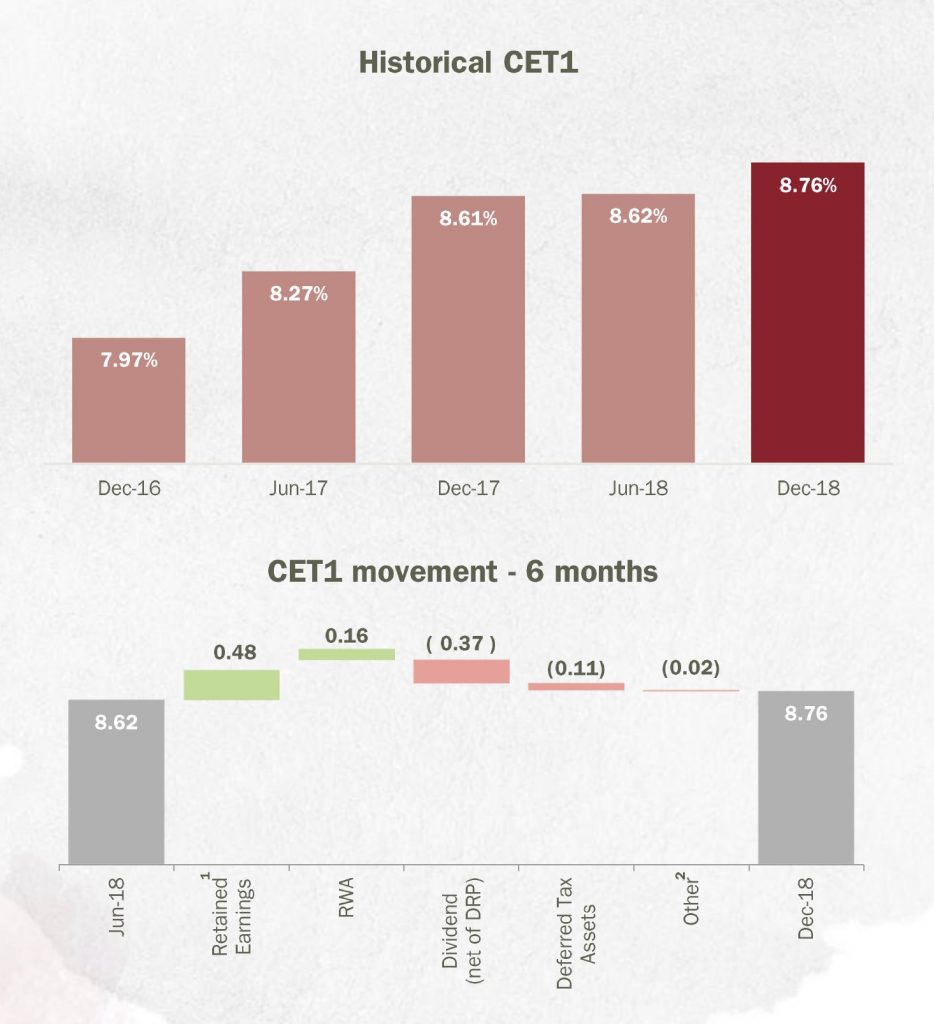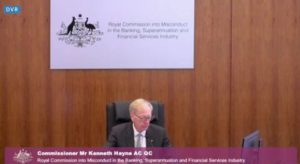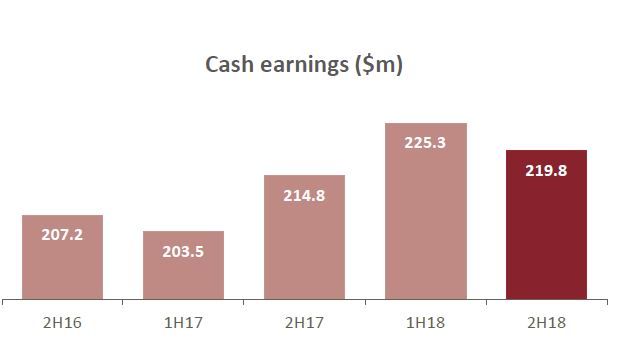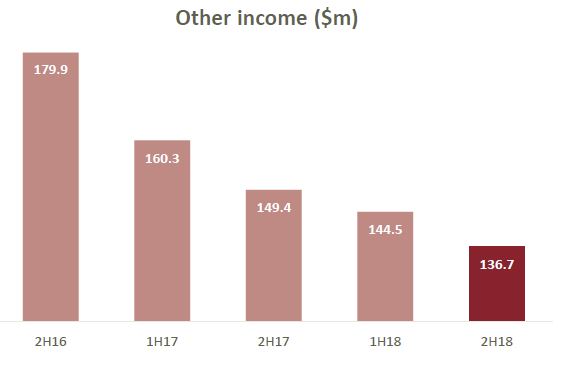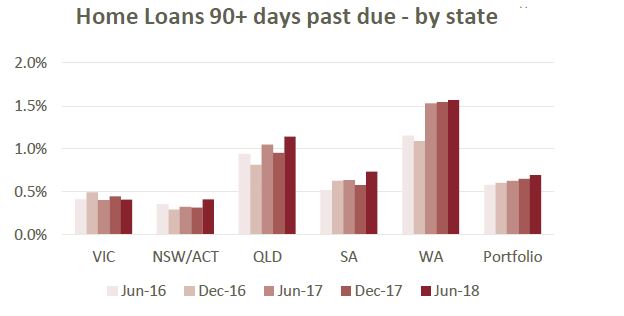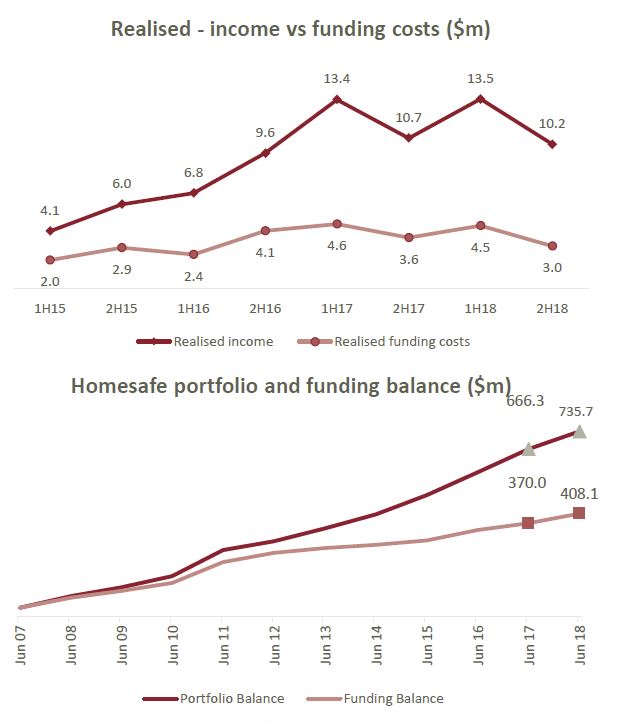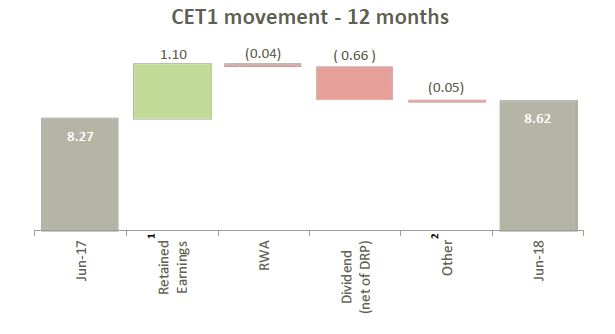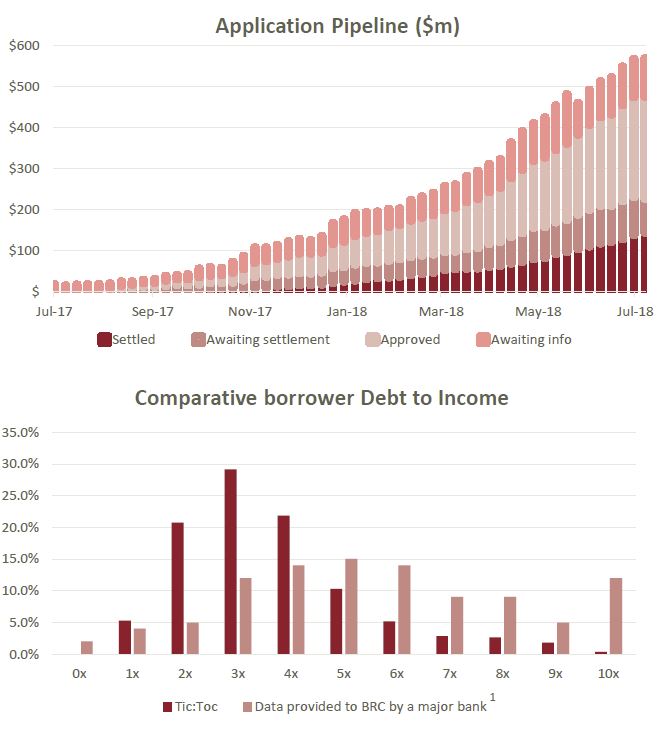ASIC has commenced proceedings in the Federal Court of Australia against Bendigo and Adelaide Bank concerning unfair contract terms in small business contracts.

ASIC alleges that certain terms used by Bendigo and Adelaide Bank in contracts with small businesses are unfair. If the Court agrees with ASIC, the specific terms will be void and unenforceable by the Bendigo and Adelaide Bank in these contracts.
ASIC alleges that certain terms used by the Bendigo and Adelaide Bank and are unfair, as the terms:
- cause a significant imbalance in the parties’ rights and obligations under the contract;
- were not reasonably necessary to protect the Bendigo and Adelaide Bank’s legitimate interests; and
- would cause detriment to the small businesses if the terms were relied on.
Some of the unfair terms pleaded by ASIC include clauses that give lenders, but not borrowers, broad discretion to vary the terms and conditions of the contract without the consent of the small business owner, along with clauses that allow the bank to call a default, even if the small business owner has met all of its financial obligations.
ASIC is also seeking a declaration from the Federal Court that the same terms in any other small business contract are also unfair.
Background
If the Federal Court finds that any of the terms of the standard form contracts are unfair, the unfair terms are void (it is as if the terms never existed in the contracts). ASIC is seeking that the terms are declared void from the outset – not from the time of the court’s declaration. The remainder of the contract will continue to bind parties if it can operate without the unfair terms.
Since 1 July 2010, ASIC has administered the law to deal with unfair terms in standard form consumer contracts for financial products and services, including loans.
With effect from 12 November 2016, the unfair contract terms provisions applying to consumers under the Australian Consumer Law and the ASIC Act were extended to cover standard form ‘small business’ contracts.
Small businesses, like consumers, are often offered contracts for financial products and services on a ‘take it or leave it’ basis, commonly entering into contracts where they have limited or no opportunity to negotiate the terms. These are known as ‘standard form’ contracts. Small businesses commonly enter into these ‘standard form’ contracts for financial products and services, including business loans, credit cards, and overdraft arrangements.
The unfair contracts law applies to standard form small business contracts entered into, or renewed, on or after 12 November 2016 where:
- the contract is for the supply of financial goods or services (which includes a loan contract);
- at least one of the parties is a ‘small business’ (under the ASIC Act, a business employing fewer than 20 people is a ‘small business’); and
- the upfront price payable under the contract does not exceed $300,000, or $1 million if the contract is for more than 12 months.
In March 2018, ASIC released Report 565: Unfair contract terms and small business loans. The report:
- Identifies the types of terms in loan contracts that raise concerns under the law;
- Provides details about the specific changes that have been made by the ‘big four’ banks to ensure compliance with the law; and
- Provides general guidance to lenders with small business borrowers to help them assess whether loan contracts meet the requirements under the UCT law

